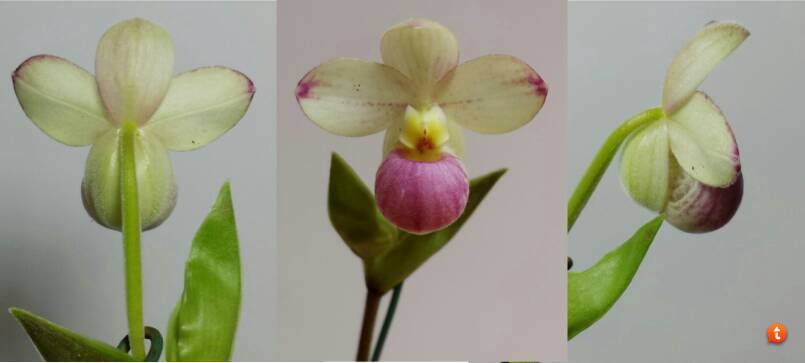eteson
Phragmad
First bloom of this schlimii. This is close in coloration to manzurii but look at the staminode...It is horny and not rounded as the manzurii plant described by Higgins et al.
I am not sure if horny is the word i am trying to use... i want to mean "with horns"

I am not sure if horny is the word i am trying to use... i want to mean "with horns"
















